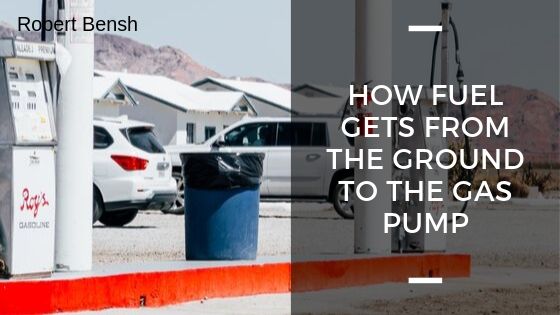Oil is a vital energy resource with applications that revolve around virtually every aspect of economic importance in our lives today. This crucial fossil fuel is available in plenty in oil deposits deep beneath the earth’s surface and under the ocean. It takes a lot of investment in time, capital, and human resources to get oil in crude form from the underground deposits to your fuel tank.
Oil Exploration
The first important step involves exploring for crude oil deposits. Oil exploration companies use specially-designed rigs and machines to send and detect seismic waves. The characteristic patterns developed from this seismology enables exploration engineers to determine the location, quantity, and feasibility of underground oil deposits.
Oil Mining
After sufficient feasibility is established, an oil exploration company moves in to mine the vital resource. The oil mining process requires special drilling rigs fitted with specialized machinery. Both onshore and offshore drilling is an intricately complicated and precision-demanding process, which requires expertise and the internet of things equipment for safety. The oil mining process involves drilling a wellbore and inserting pipes down to the oil deposits.
Oil Extraction
The oil extraction process follows immediately after the oil deposit is reached and secured. As a resultant of the accumulated pressure, the oil naturally flows up through the wellbore to the surface where it is stored and transported to oil refinery plants. If the pressure is below the threshold, then the oil gets pumped up through powerful specialized pumps.
Oil Refinery
After extraction, the oil is transported through a pipeline or specialized tankers to oil refinery plants for processing. The oil refinery process involves treating and heating crude oil through a special refinery tower. The differences in evaporating temperatures of the various components allow for the separation of the crude oil to various gaseous, liquid, and solid products and by-products.
Special Formulation Treatment
After the refinery process, different oil refining companies may choose to treat different fuel products with varying chemicals for enhanced performance. Special additives may be added to each by-product to boost an engine’s performance.
Fuel Distribution
After refinery and treatment, the fuel then gets distributed to the various fuel merchandising companies and agents. The distribution is carried out through specialized containment tankers and stored in underground fuel tanks in petrol stations. Well configured fuel pumps are then used to measure, pump, and dispense the fuel into your car accordingly.
